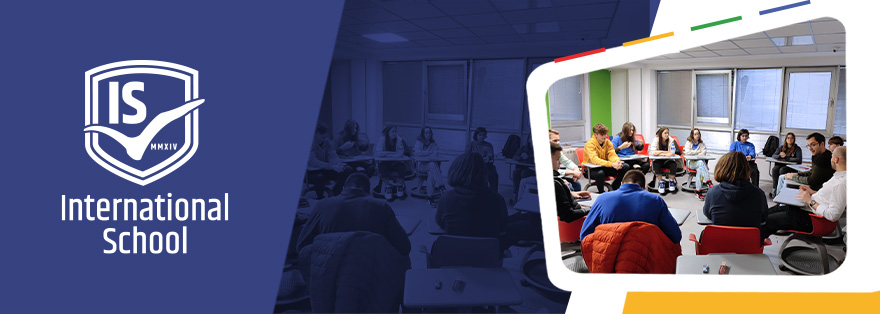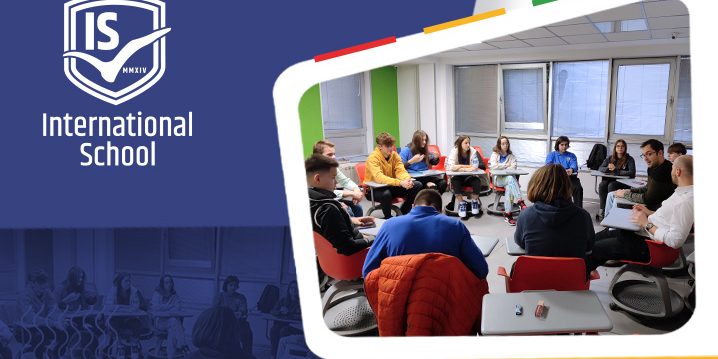Once children start school, friendships and interactions with peers take on an increasingly important role in their lives. These interactions have the potential to contribute to a student’s sense of social competence, but they can also be associated with exposure to new forms of victimisation. Although peer violence can take many forms, available data, provided by UNICEF, suggest that bullying by schoolmates is by far the most common.
 It is important to start raising awareness about peer violence among children from an early age
It is important to start raising awareness about peer violence among children from an early age
The problem of peer violence is increasingly discussed, and a discussion on this topic was also held at the International School. The school counsellor and a Psychology teacher, Mr Aleksandar Petrović, held a lecture on peer violence and violence prevention, and the students actively participated in it.
The students discussed the difference between bullying and violence, and they agreed that bullying can very easily escalate into violence.
Both the students and the teacher emphasised how important is it to identify peer violence on time and respond in a timely manner. It is important to start raising awareness among children from an early age and train them on techniques of non-violent communication. They also talked about whether it is considered “snitching” or not if they go to their teacher and report that someone is harassing them.
Prevention of violence and promotion of more healthy ways of communication
Peer violence is a global problem and the entire society needs to be involved in its prevention, as well as education and promotion of more healthy ways of communication and solving inter and intrapsychic problems.
Should you notice any type of violence, psychological or physical, at the school or in its vicinity, please report it HERE, or you can do so on your Student Platform.



